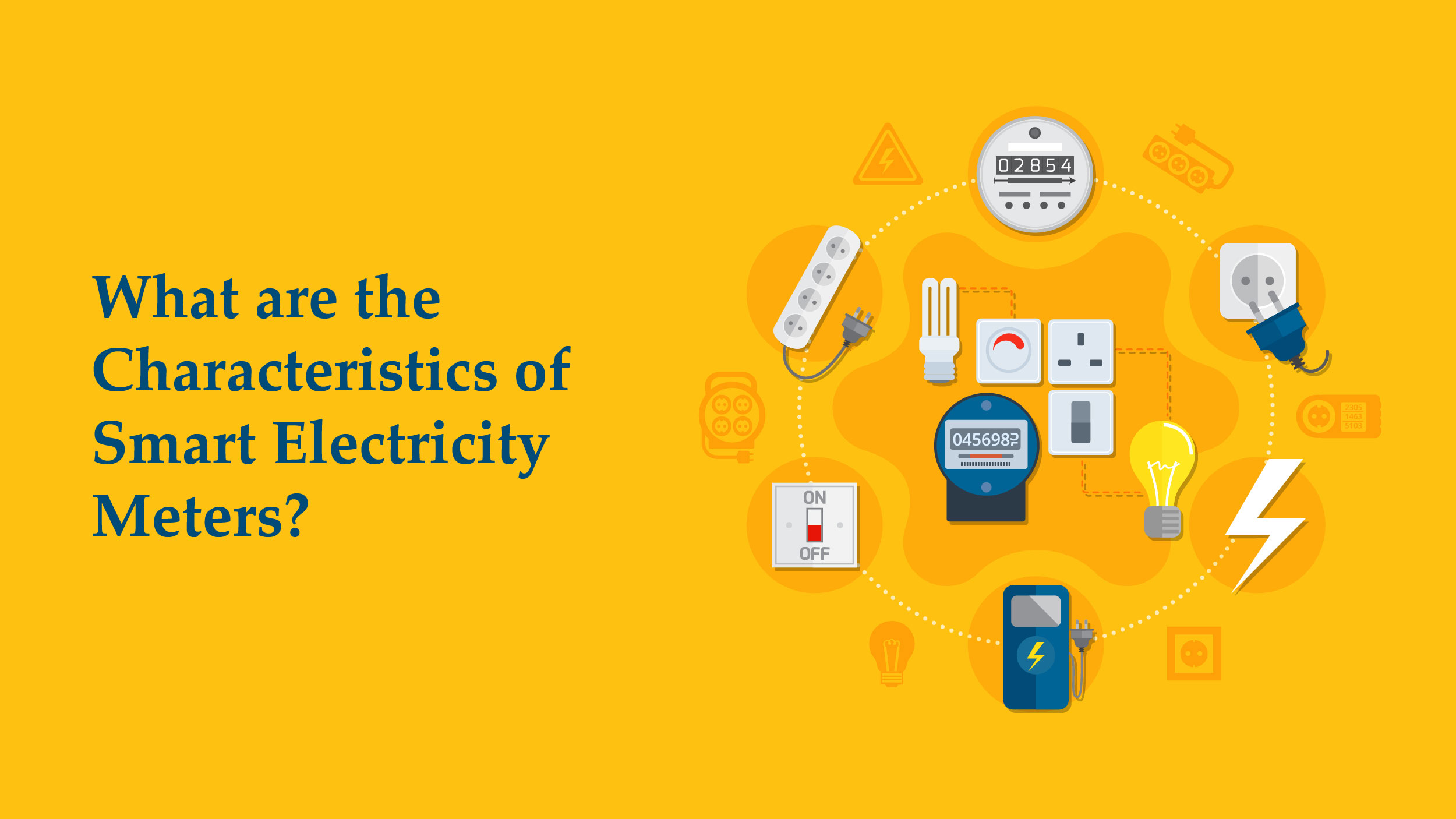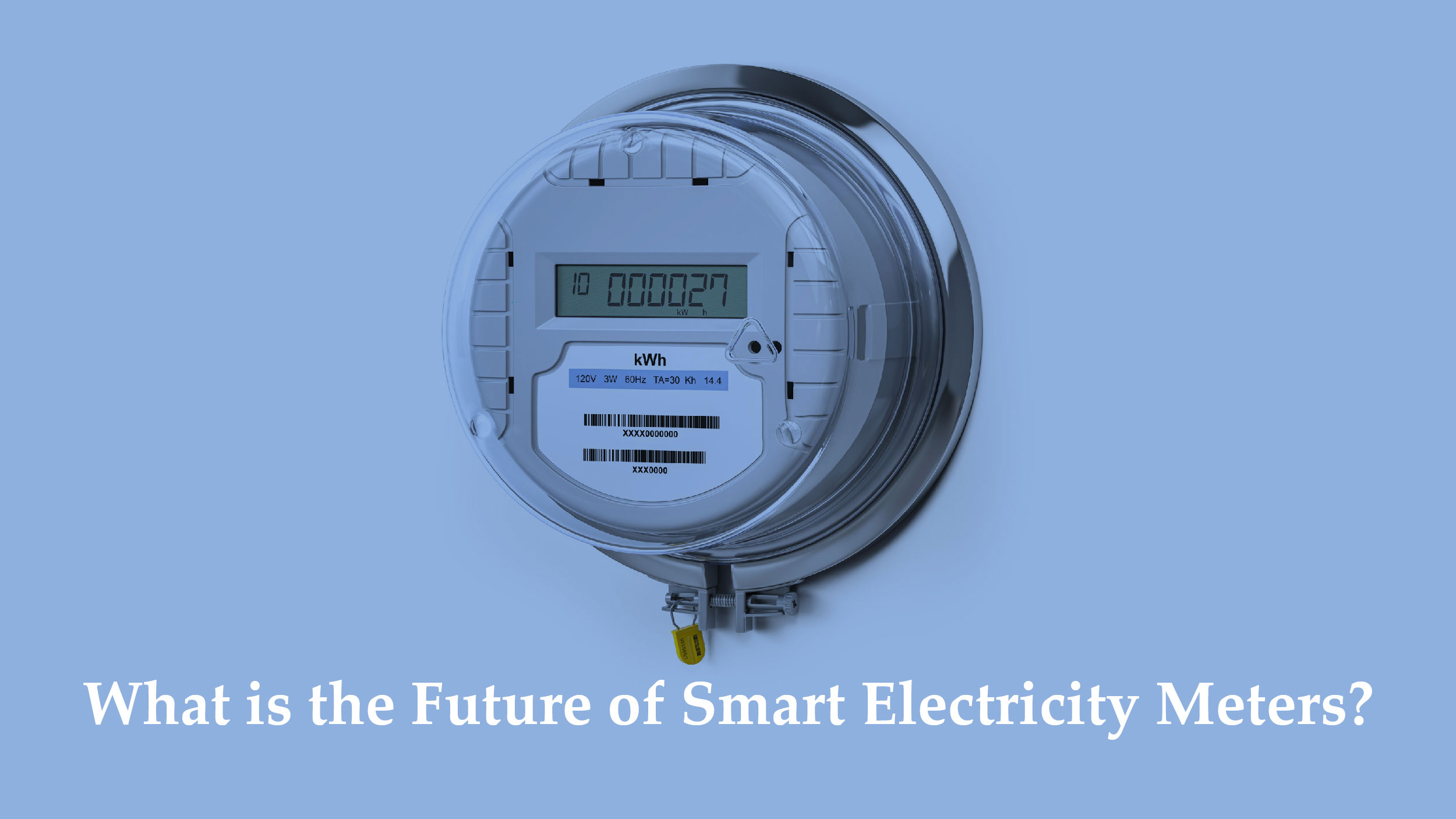Electric meters would probably have been the one thing you were banned to touch as a child, and it makes sense why. It is rusty, fussy, and clearly not fun. Relying only on conventional meters is inadequate in light of the expanding sustainability requirements. There is good news, though! The new leaders in power supply reliability are distribution transformers and smart electricity meters, which not only provide dependable electrical connections but also increased efficiency and sustainability.
Let’s have a look at everything about smart electricity meters.
What are Smart Electricity Meters?
A smart electricity meter basically performs the same functions as a conventional meter, including measuring, monitoring, and recording your energy usage. There is one significant distinction, though.
As a digital device with a communication module, this electric meter transmits your consumption information immediately to the utility operator rather than requiring a meter reader to check the usage. These smart electricity meters typically broadcast consumption data every 15 minutes or so, doing away with the requirement for a specialized meter reader.
In a nutshell, a smart electricity meter provides thorough consumption data to lower electricity costs and raise awareness of the electricity grid’s condition, which enhances the grid’s performance and the level of service provided to customers.
How Do Smart Electric Meters Work?
A smart power meter automatically measures your household, business, or industrial electricity consumption and transmits the data wirelessly to your energy provider. Additionally, some meters allow you to analyze your energy usage patterns both during peak and off-peak hours. This analysis can help you estimate your future usage, allowing you to lower your electricity bills accordingly with no further action on your part.
Additionally, a single-phase electric meter contains an in-home display that enables consumers to see how much energy they are using and how much it will cost them.
Genius is an Indian company that is paving the way for leadership in the smart electricity meters market.
Also Read: Smart Lighting Craze – All About Networking, Communication, & Architecture Of Smart Bulbs
Smart Electric Metre Types
Three-phase and single-phase electric meters are the two variants of smart meters that are available.
The two varieties only differ significantly in terms of one thing: energy consumption.
A three-phase connection is typically used by customers who consume large amounts of power, such as industrial and commercial businesses. As you could have predicted, a 3-phase smart meter is necessary to assess consumption.
When it comes to energy consumption, residential usage typically tends to be lower compared to commercial and industrial sectors. Therefore, single-phase energy meter connections for households are often set up by utility operators. Therefore, a single-phase smart electricity meter is needed by homes to estimate their usage.
Depending on your demands, there are other typical meter kinds than these two, such as distribution transformer operated and CT-PT meters.
What are the Characteristics of Smart Electricity Meters?

The traditional energy consumption meters basically measured and stored the whole cumulative value as part of their duties. In order to make it simpler for customers to take advantage of new features and services, traditional meters are being replaced with smart meters as part of the transition of grids towards smart grids.
Smart meters have a power-limiting circuit breaker built in, which eliminates the need to place it within the customer’s electrical panel and increases response time and actionability. They also have a communications interface that enables remote reading and operations, such as sending new tariff tables, changing the parameters related to the contracts, configuring the meter itself, and operating the internal switch.
In the recent few years, the development of smart metering technology in the North American market has moved focus to meet new demands outside of smart metering, in addition to the growth in replacement smart meter projects.
Is AI going to Transform US’s Future through Smart Electricity Meters?
Aetheros aims to expand the market for smart meters in the US by introducing edge intelligence. In order to enable dispersed intelligence at the edge, a scalable, open IoT operating system was released to the US market.
Aetheros, a provider of IoT operating systems, has joined the US market to provide distributed intelligence for the upcoming wave of smart meter deployments. AOS is intended to provide an open ecosystem for secure edge apps and smart meters that answer the shifting demands of power throughout the US as demand for renewable energy, battery storage, and electric vehicles rises.
Numerous American utilities are actively exploring the integration of analytics and control at the edge of their distribution network, according to Aetheros. This tactical step intends to improve operating efficiencies, increase customer happiness, promote the smooth integration of renewable energy sources and electric vehicles, and satisfy the emerging requirements of smart meters. Implementing an IoT service layer is essential to achieving this. Aetheros firmly states that it is the only supplier of an open, tested, and scalable solution to satisfy these requirements.
What is the Future of Smart Electricity Meters?

The future of smart meters is much more promising than their presence. Additional elements of the meter generations to come include:
- Possibility of giving clients information in a matter of seconds, either through centralized systems or via a communications route, like an in-home display.
- Improved LV network management due to an increase in measured network parameters and measurement frequency: quarter-hour curves that, among other things, enable better planning procedures, additional events, voltage curves, etc.
- Distributed processing capability (edge computing) enables additional use cases, such as the detection of distributed generation or electric vehicles, line and meter phase identification, load disaggregation, demand management, etc. by processing the measurement locally in much greater detail.
In simple terms, the conversion of the electrical grid into a smart grid is driven by the smart meter. The customer experience is being enhanced by the use of additional digital technologies, including edge computing, cloud computing, artificial intelligence, and big data, because of the data collected from these devices.
Final Thoughts on Smart Electricity Meters
Since a smart meter automates the entire meter reading process, significantly reducing any room for error. Other than that, it also enables accurate cost estimation and reduces wastage. Simply put, it adds sustainability and transparency to energy usage.
Aside from these benefits, a smart electric meter also brings safety advantages to the table. For example, a smart electric meter can help you detect and localize anomalies. Plus, with predictive consumption analysis, utility operators can regulate the outgoing power supply as per peak and off-peak hours.
So, needless to say, smart electric meters are the future of electric metering systems.




